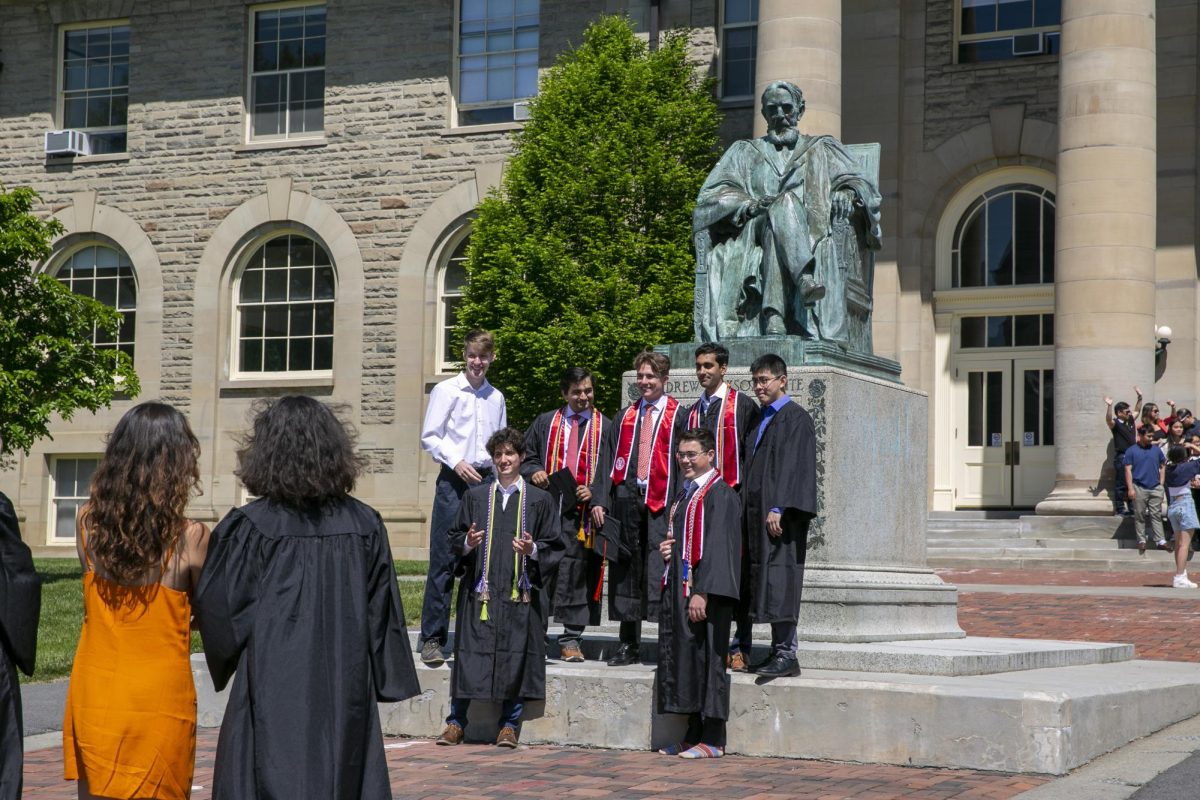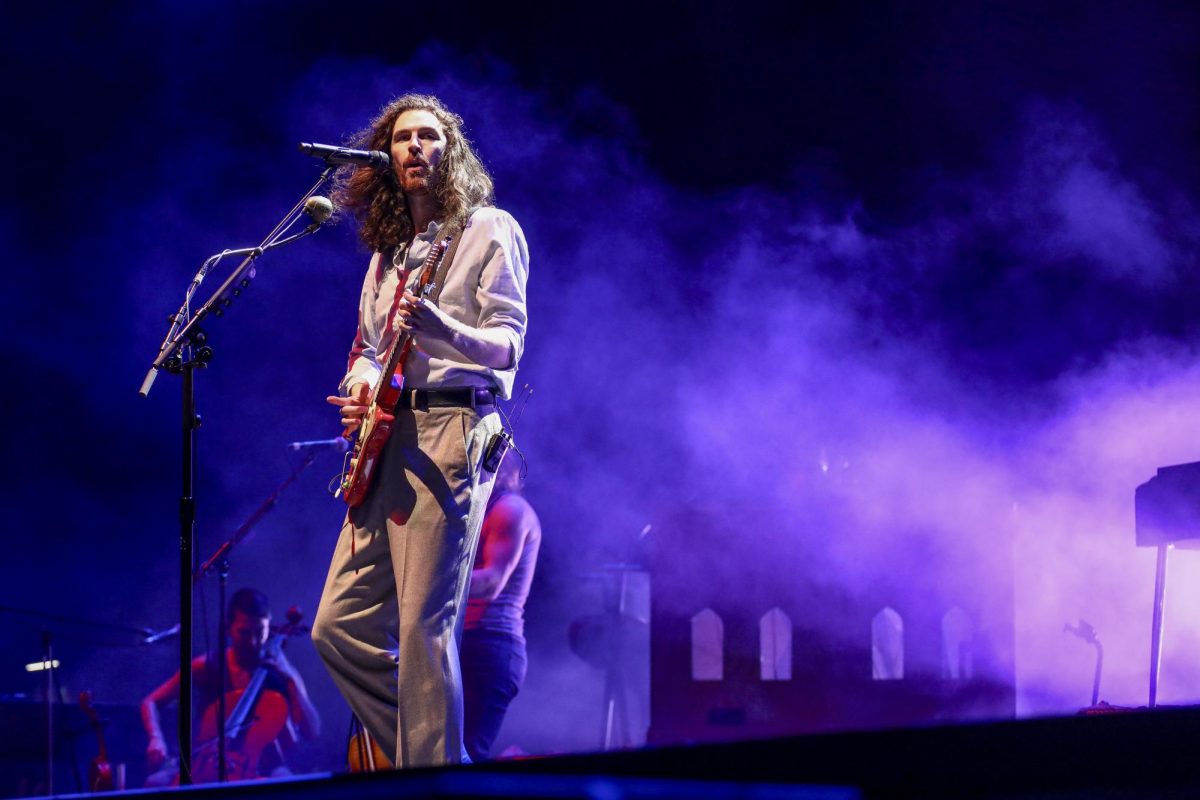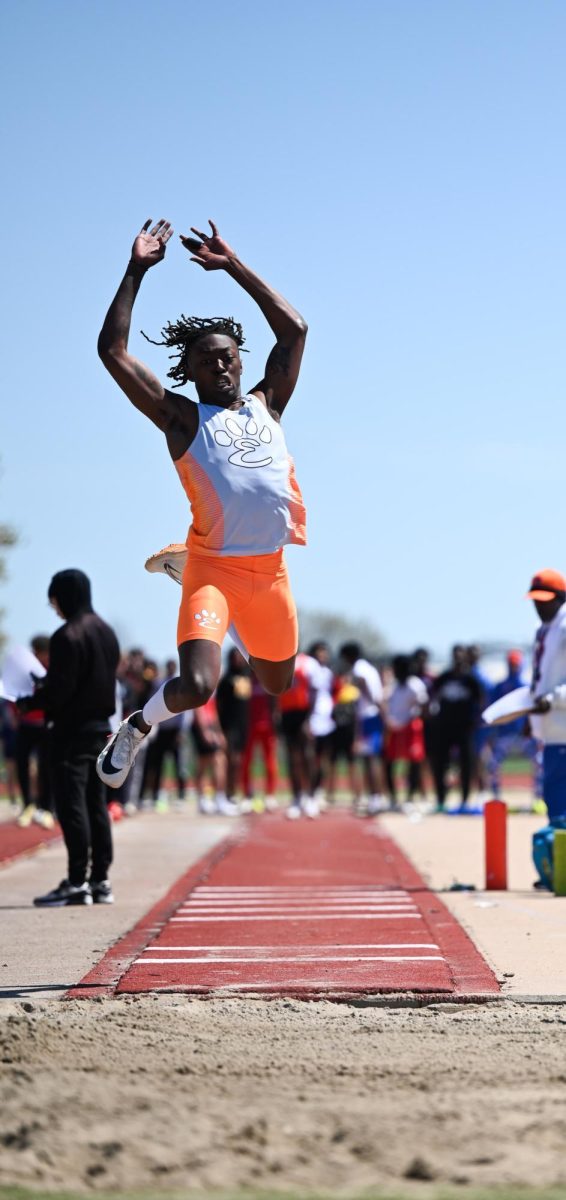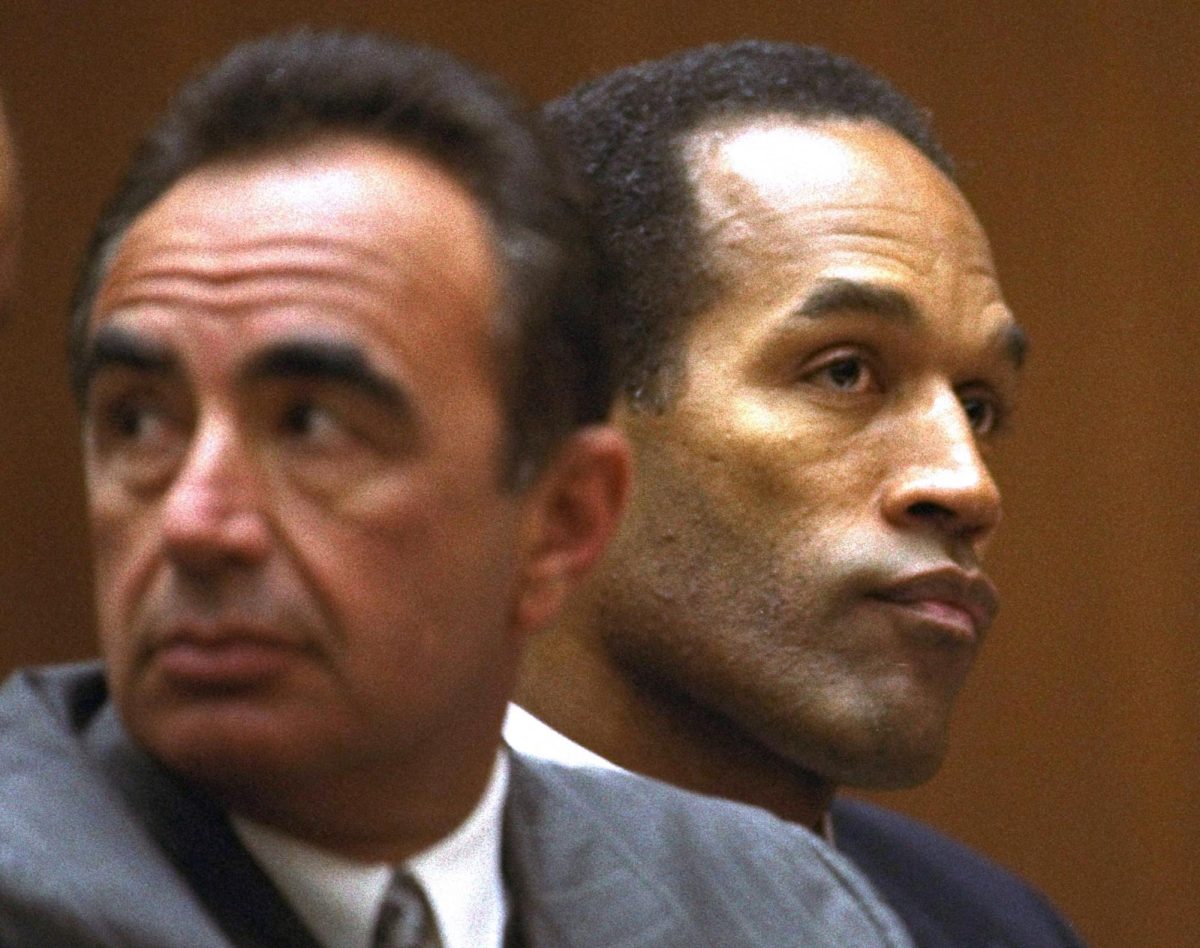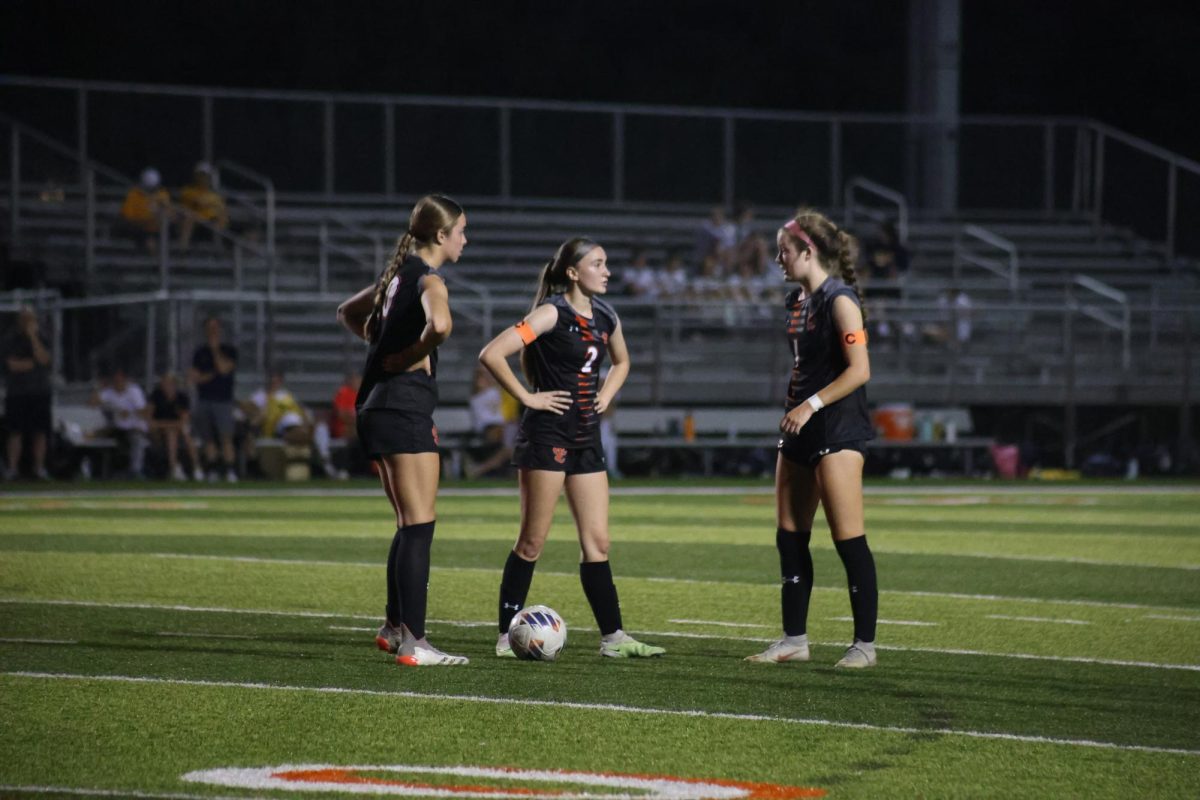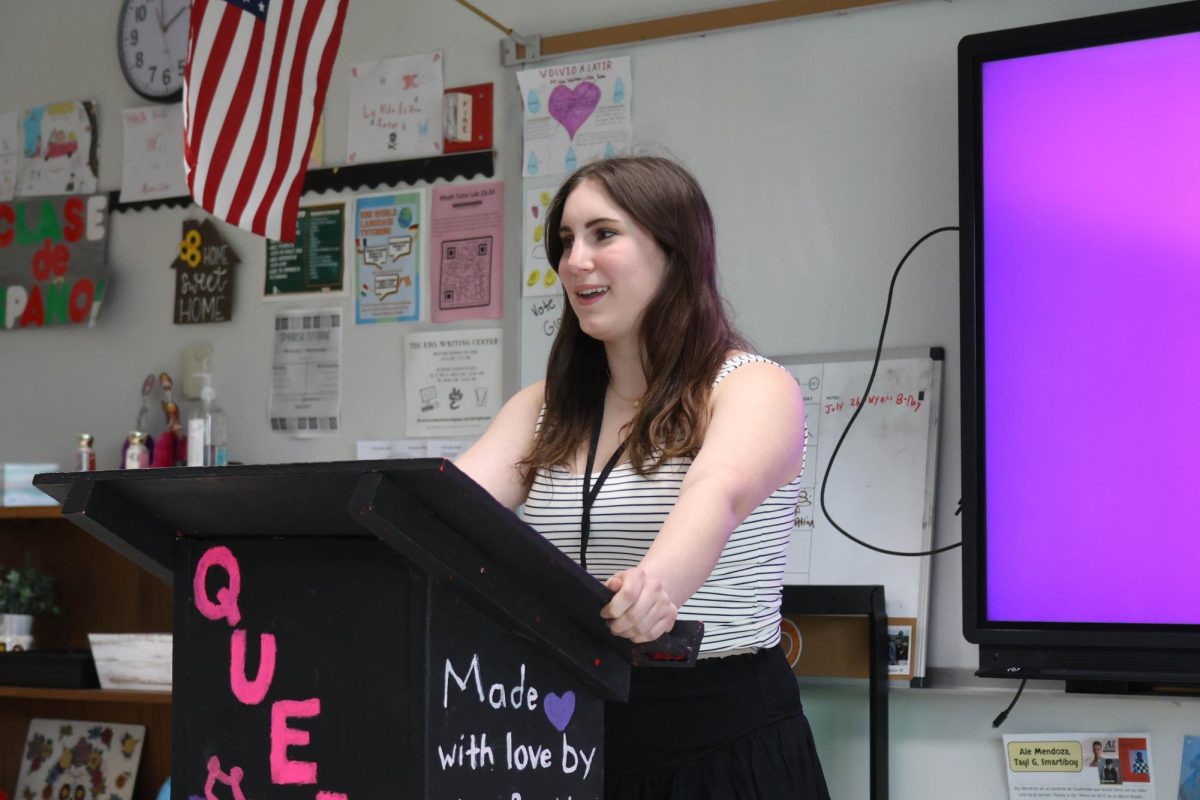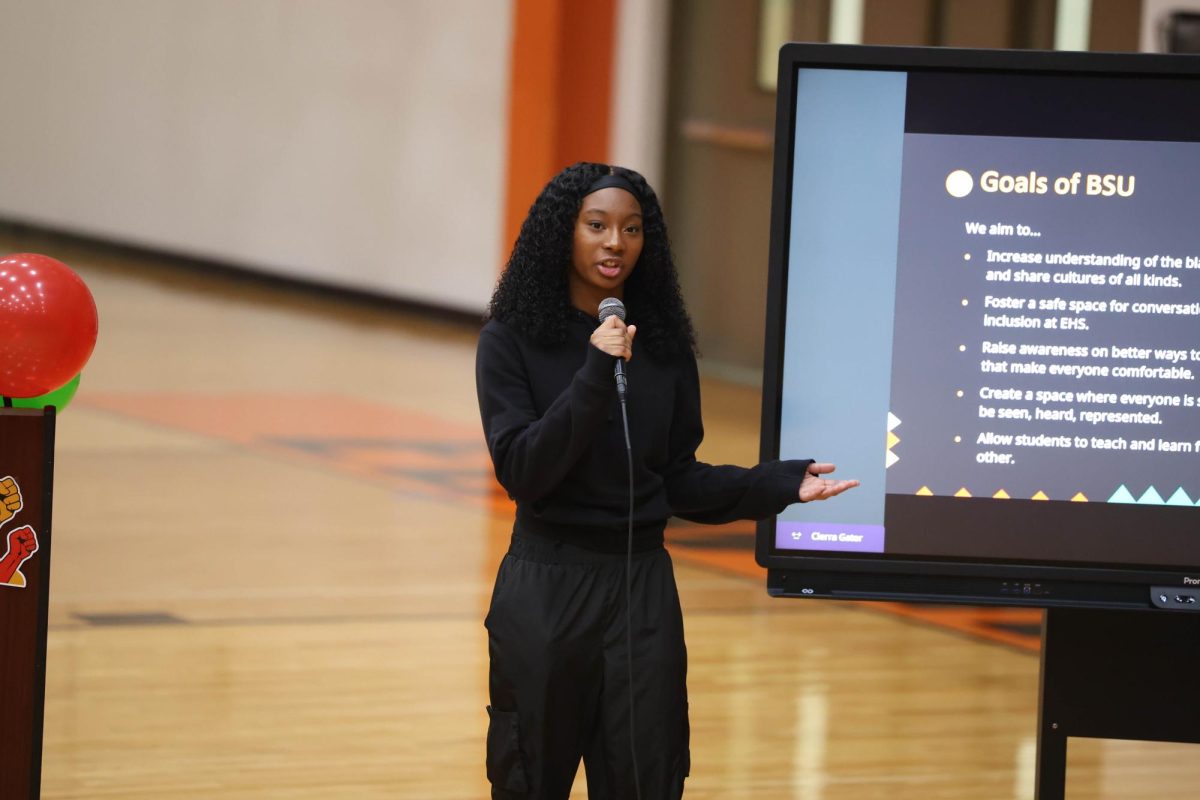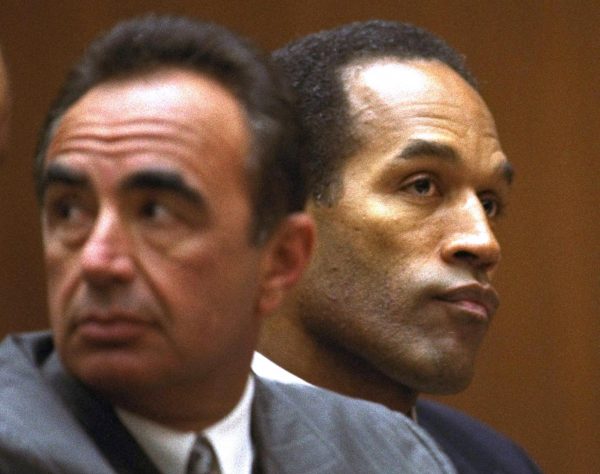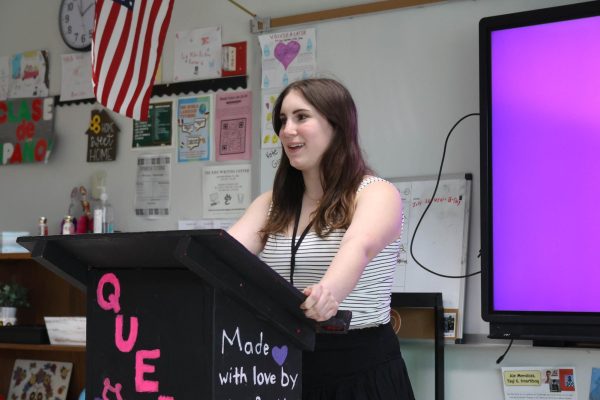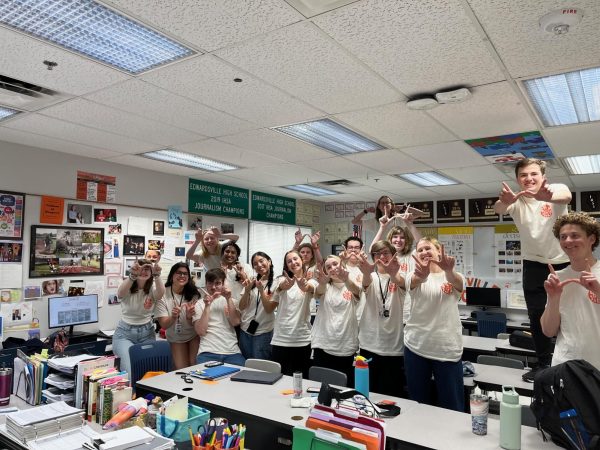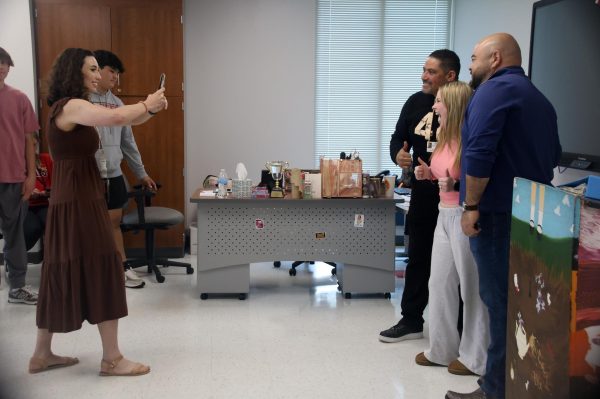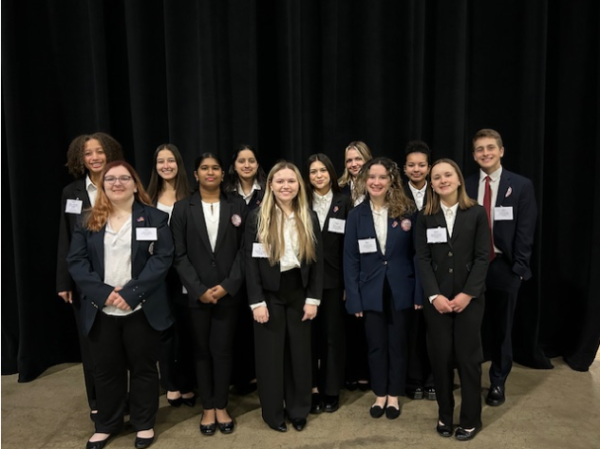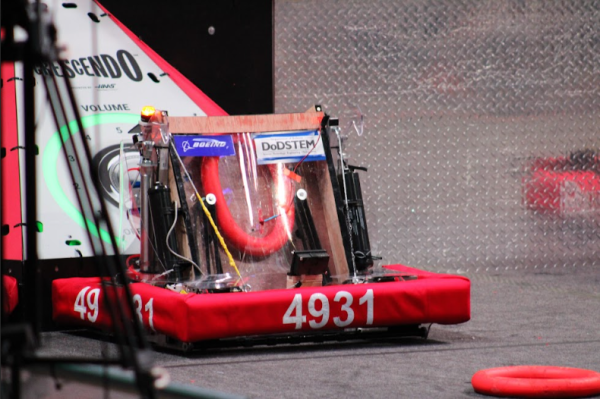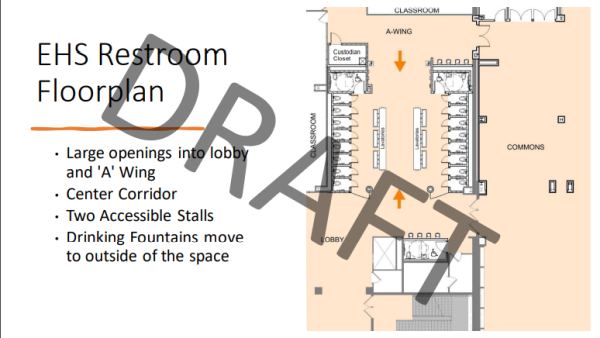Nationwide Protest Marches into a Second Year in St. Louis
January 25, 2018
The Women’s March, held for the first time last year after the inauguration of current President Donald Trump. Jan. 21, 2017, was a historic day in the minds of the women who attended the march and spoke for the rights they felt they were about to lose.
A year later, not much has changed. The United States remains greatly divided, and women are still marching for their rights.
In cities across the nation, the second annual march was on Jan. 20 this year. Major cities like Los Angeles reported a turnout of approximately 600,000 people, according to The New York Times. In the same report, an estimated 300,00 people marched in Chicago, and 200,000 marched in New York.
And it didn’t stop at the most notable cities in the country—the march made its way into the Midwest for a second year, with thousands protesting in STL, as reported by KSDK.
EHS students marched in hopes of making their voices heard.
“I attended this year because I wanted to go back and show my support for the march and what it stands for,” said senior Sarah Dietzen.
She believes that last year’s march made her realize the plight of women from every class, race and background.
“(Last year) I learned so much about how so many women struggle with problems like sexual assault and general unfair treatment,” Dietzen said. “. . . Women who are different from me have experienced so many things.”
Her friend, senior Clara Dawson, agreed that both marches were a positive, eye-opening experience. This year, the topics most represented were immigration, the LGBT+ community and the government shut down, according to Dawson.
And with this list of issues, many women believe they need a way to express their opinions. Dawson says that the march is a perfect place to do this since it gets so much exposure.
“If you post anything in the hashtag it gets a whole lot of attention, and it (the protest) was all over the news,” she said. “. . . It definitely helps voices get heard.”
Between drawing attention to important causes and learning about the struggles women face, there is a lot to experience for anyone who attends, said Dietzen. For those who might want to attend, but are intimidated by the protest atmosphere, both Dawson and Dietzen are confident that it’s a positive experience.
“It’s a very safe protest; I’ve never seen any violence, and the energy that everyone feels when they all support something together is inspiring,” Dietzen said. “It’s only a couple hours out of their day and it really lightens up the dark state that the United States is in right now.”
For those who want to get their voices heard on women’s matters, The Women’s March is one of the best places to do it, according to Dawson. She feels that no matter the person, there is something you can take away from the experience.
Dietzen feels the exact same way, and that’s why she spent her Saturday morning standing in the cold, holding a sign reading: “Together we fight for all.”



